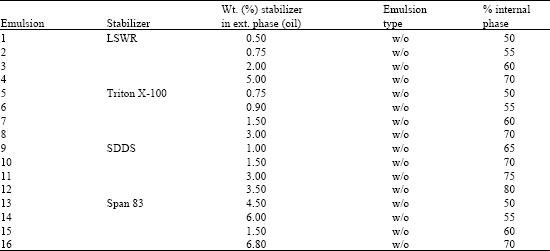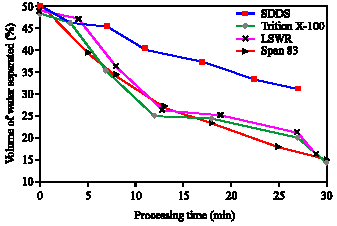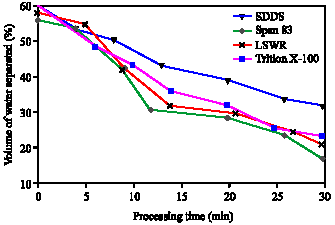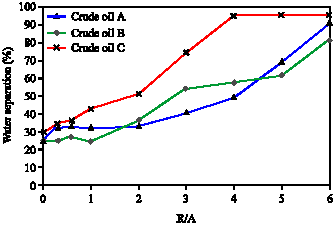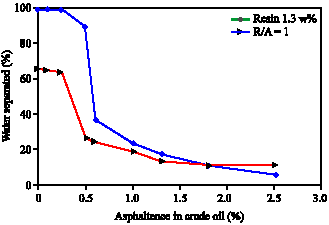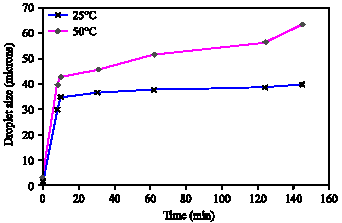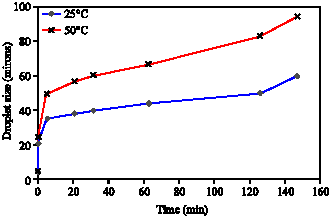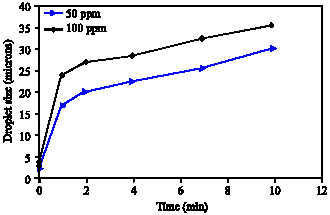Research Article
Coalescence of Water Droplets in Water-in-Crude Oil Emulsions
Faculty of Chemical and Natural Resources Engineering, University Malaysia Pahang, P.O. Box 12, Lot 25000, Kuantan, Malaysia
R.M. Yunus
Faculty of Chemical and Natural Resources Engineering, University Malaysia Pahang, P.O. Box 12, Lot 25000, Kuantan, Malaysia











